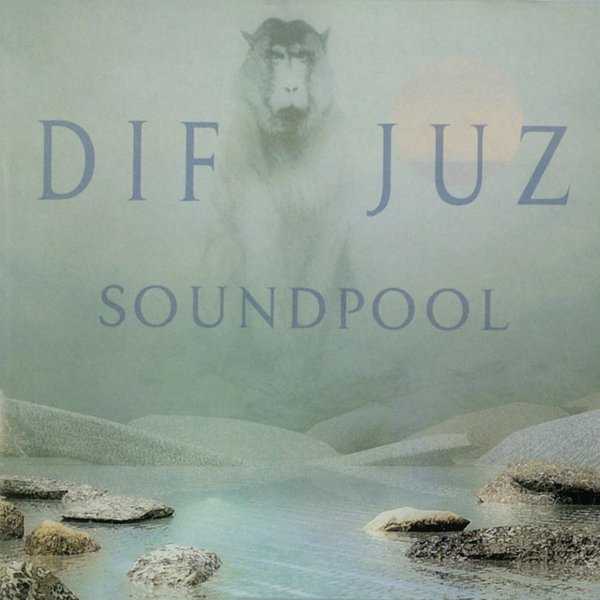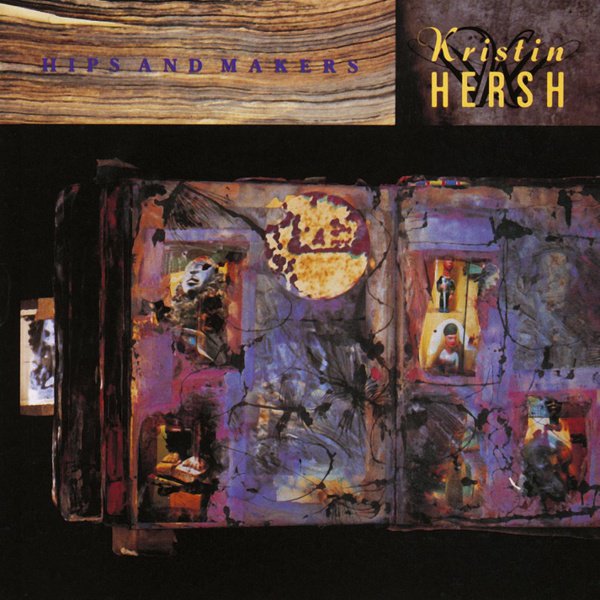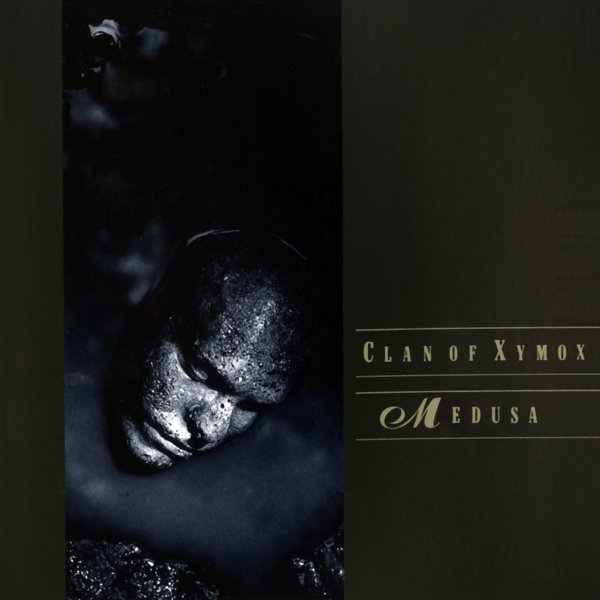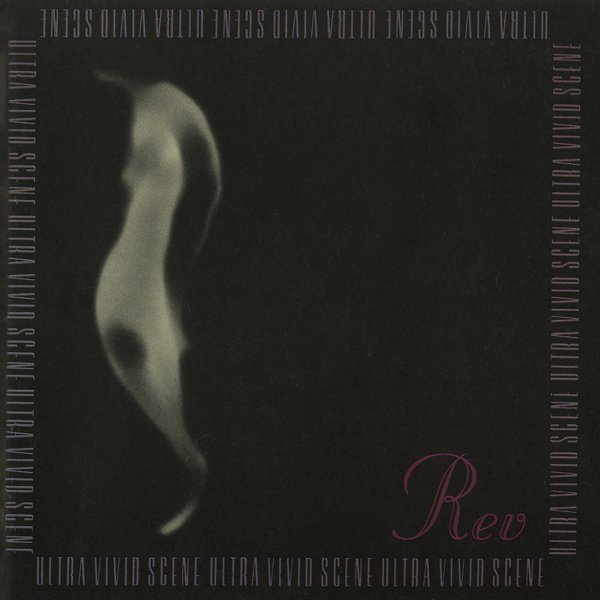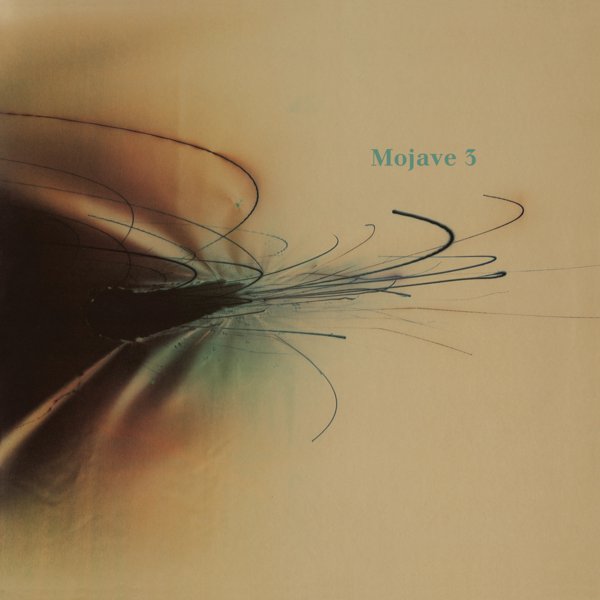Over forty years after its founding, London-based 4AD still thrives as an imprint in the 21st century thanks to a number of artists who have released highly praised work through it in recent years, including Tune-Yards, TV on the Radio, the Mountain Goats, St. Vincent and Dry Cleaning. But it was the 20th century which made the label legendary, at once a home for myriad unusual musical spirits, a center for design aesthetics driven by often breathtaking album sleeves, and something close to a wider general ethos that really did pursue art for art’s sake. Cofounded by Ivo Watts-Russell and Peter Kent in 1980 as a feeder for the Beggars Banquet label and initially named Axis as a Jimi Hendrix reference before it was discovered another company had claimed the name, 4AD gained a quiet but increasingly well known profile at home while rapidly becoming a focus of numerous music obsessives around the world. Its roster and sound, generally but not exclusively Anglophonic, was never one exact thing, but in its quiet variety 4AD found a resonant, still influential strength.
Kent sold Watts-Russell his share of the company in 1981, and from that point forward the latter became an almost totemic figure, both exploring his own particular obsessions with music via landmark acts and encouraging visual artistic exploration in turn. In-house designer Vaughan Oliver’s work with various collaborators over time, among them photographer Nigel Grierson and later calligrapher Chris Bigg, created a striking aesthetic for the label as a whole. Oliver also designed the famed and still extant three-block label logo. Musically, meanwhile, inadvertent goth-rock founders Bauhaus released their first full album on the label, while Modern English created a classic thanks to the unexpected American breakout of “I Melt With You.” Two relocated Australian powerhouses turned up in the Birthday Party and, a couple of years later, Dead Can Dance. But it was the Scottish group the Cocteau Twins who defined the label more broadly, and when Ivo Watts-Russell got its core members Robin Guthrie and Elizabeth Fraser to record the Tim Buckley song “Song to the Siren” for his own project This Mortal Coil, the result became a new standard.
The middle and latter half of the eighties found 4AD building on a growing reputation outside of the UK, reflected in part by such European acts as Germany’s Xmal Deutschland and the Dutch group Clan of Xymox, with a growing roster that reflected its increasing popularity and reach. Their inspired presentation of Bulgarian state choir recordings under the Le Mystère des Voix Bulgares name became a sensation, while the one-off combination of dance experimentalists Colourbox and proto-shoegazers A.R. Kane as M/A/R/R/S led to the worldwide smash “Pump Up the Volume.” It was their first two American signings from New England in particular, however – the chaotic and empathetic energy of Rhode Island’s Throwing Muses and the fractured dynamics and entertaining rampages of the Boston-based Pixies – which both gained them further fans as well as an expanded sonic approach. Not even the departure of the Cocteau Twins following their Heaven or Las Vegas album slowed things down.
The early to mid-nineties showcased a variety of changes for 4AD, not least of which, following individual album and act licensing in previous years to Stateside companies, was a full expansion as a stand-alone label in America, where Watts-Russell had relocated. The London-based Lush proved to be a notable new signing in those years as did the US act His Name Is Alive, but it was a series of collaborative and side projects from the Throwing Muses and Pixies wings, most notably the Tanya Donelly-led Belly and the Kim and Kelley Deal-fronted Breeders, that were among the most successful acts of a time in the wider world of alternative rock that the Pixies in particular had helped to inspire. Various anniversary festival events and artistic exhibitions helped to showcase the label’s profile, though by the middle of the decade Watts-Russell had privately suffered a nervous breakdown and begun to distance himself from 4AD as a result.
The last years of the nineties found 4AD increasingly reliant on its back catalog and general reputation, with Watts-Russell’s disinterest in the day to day doings leading to growing internal dysfunction as others began signing acts in his stead. Numerous groups and artists did produce some excellent work, either for the label directly or via licensing, including Gus Gus, Tarnation and Mojave 3. But the shifting musical scenes and focus in the UK were leaving the label behind, something not fully made up for elsewhere in the world, and in 1999 Martin Mills’s Beggars Group, 4AD’s original founding company, purchased the label back from Watts-Russell, who has lived quietly in the US since. Still, the impact of 4AD’s first two decades remains readily felt, both in new and reissued work from its many veterans from that time and the younger acts and scenes that have emerged in their wake.

